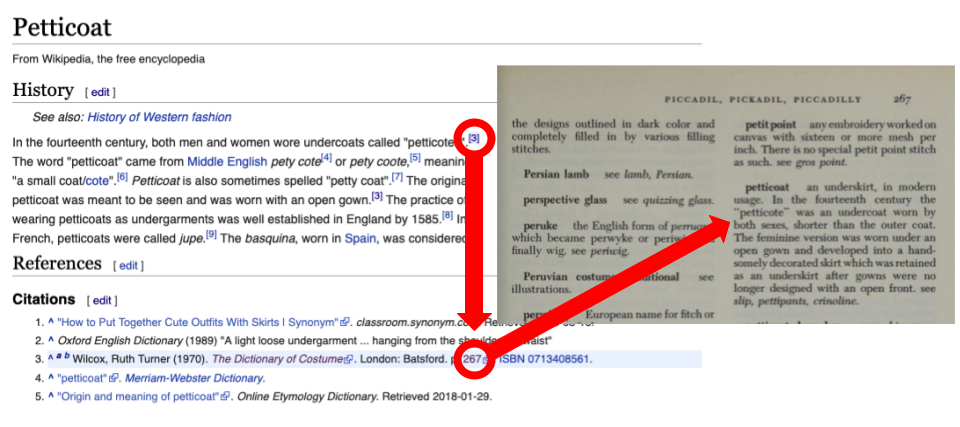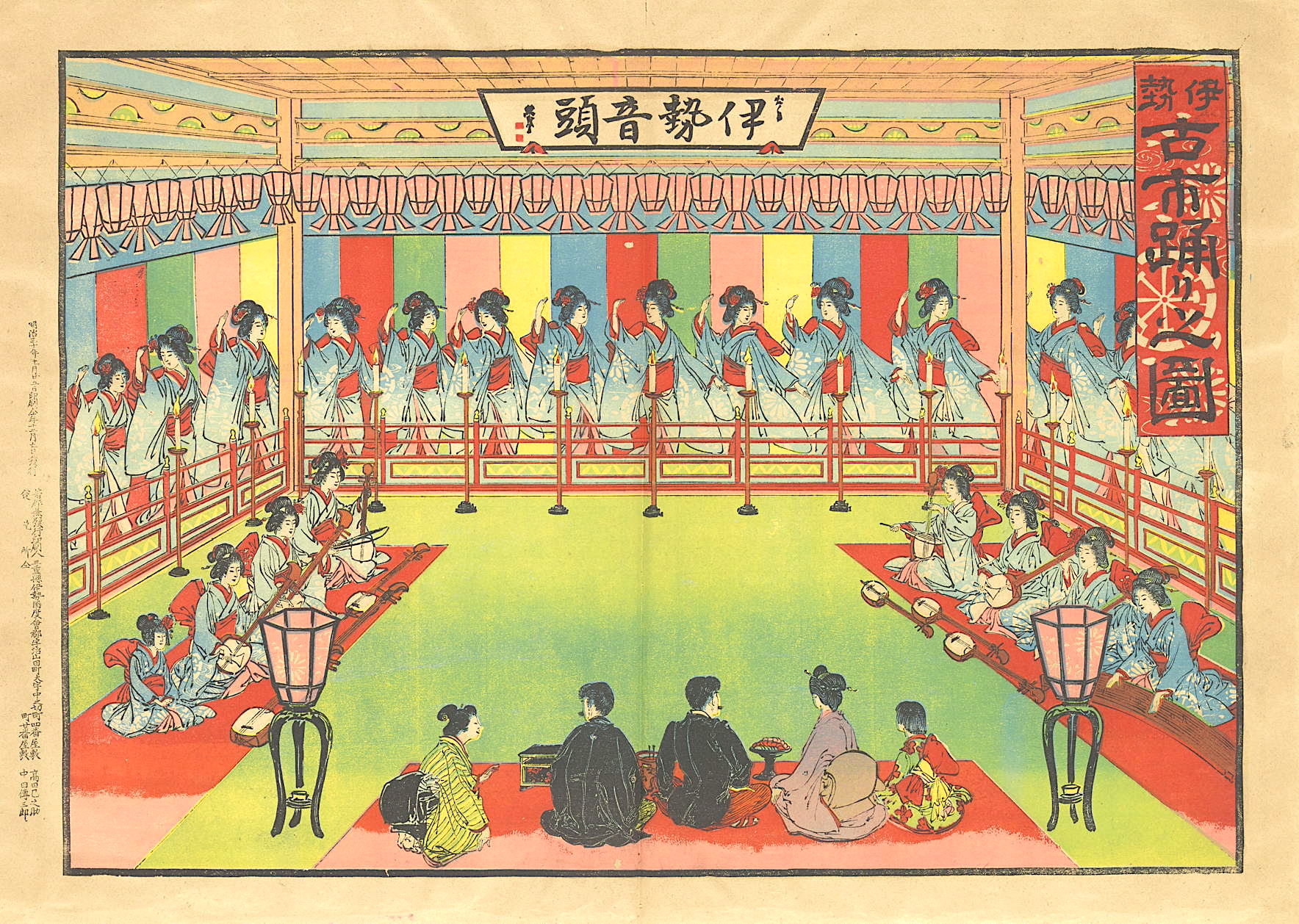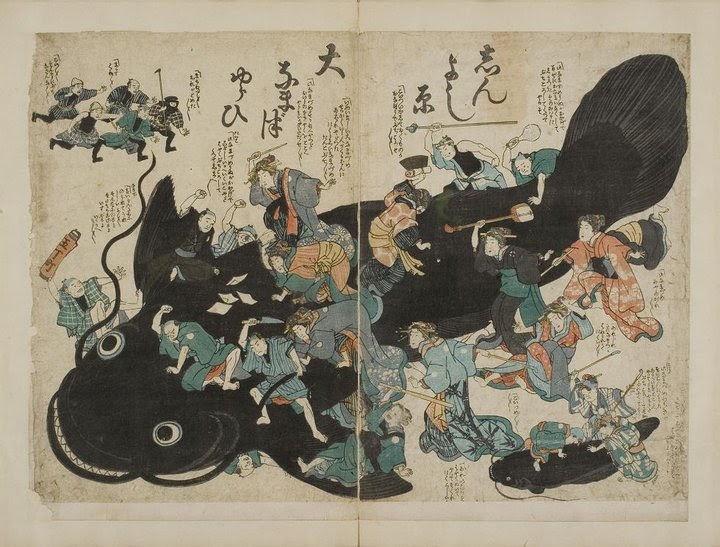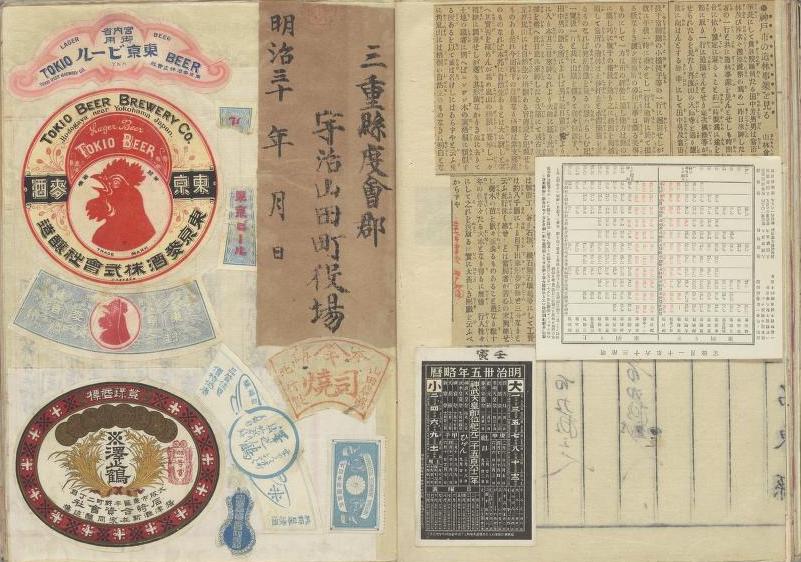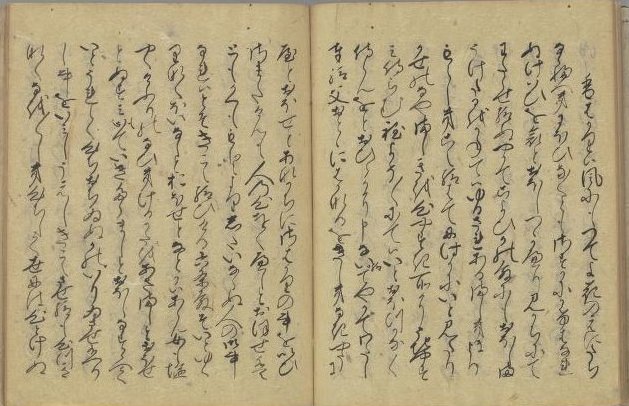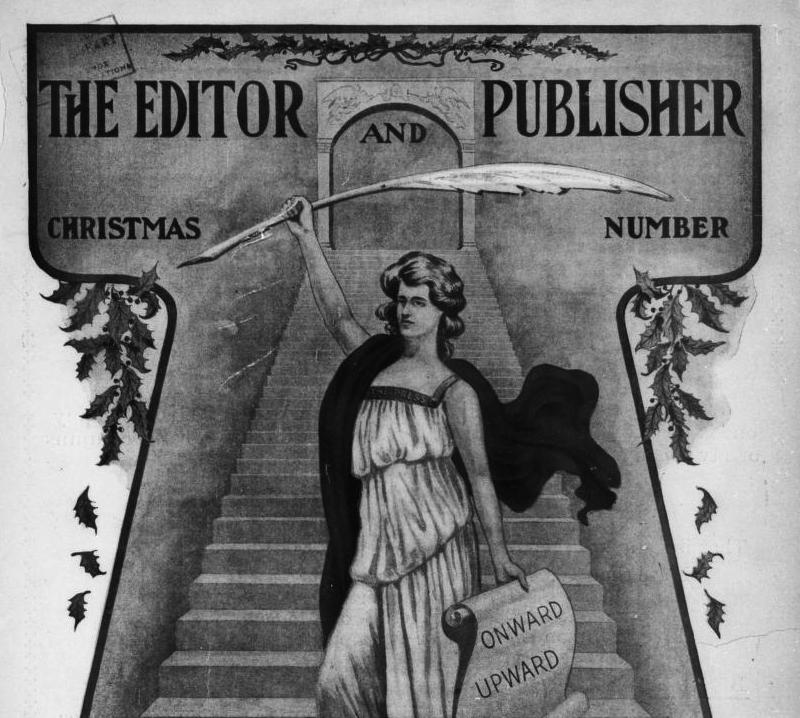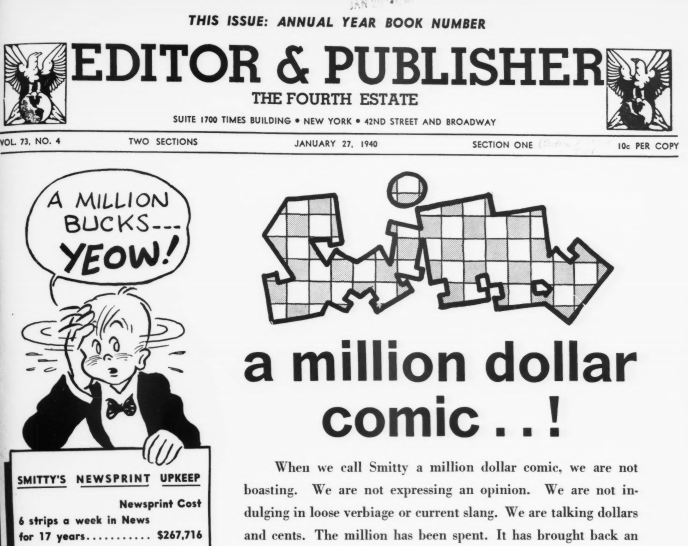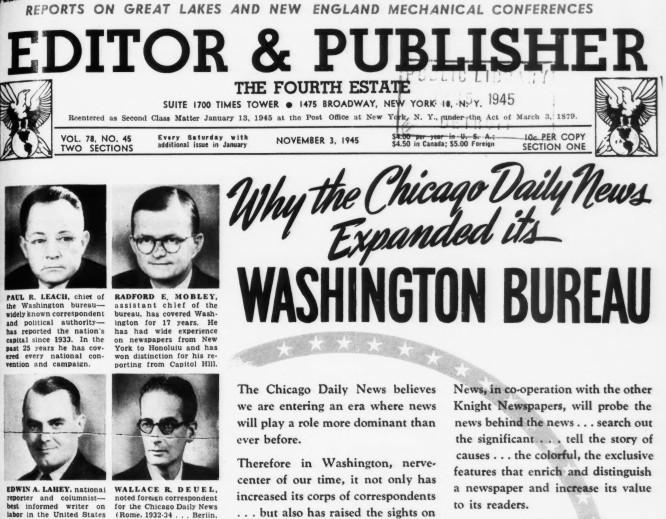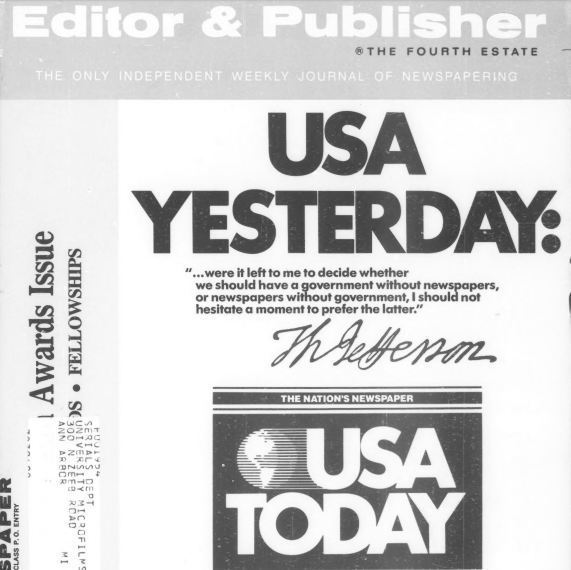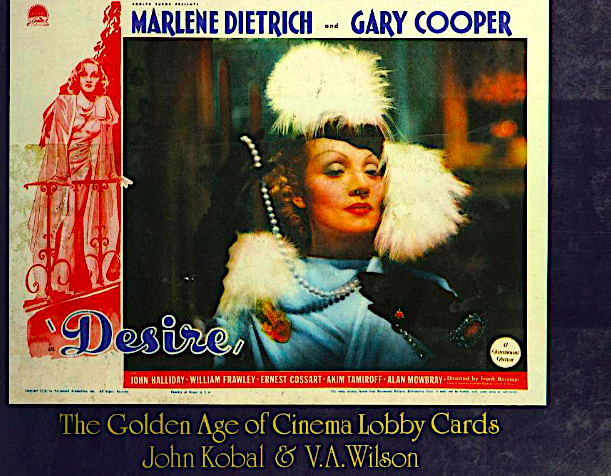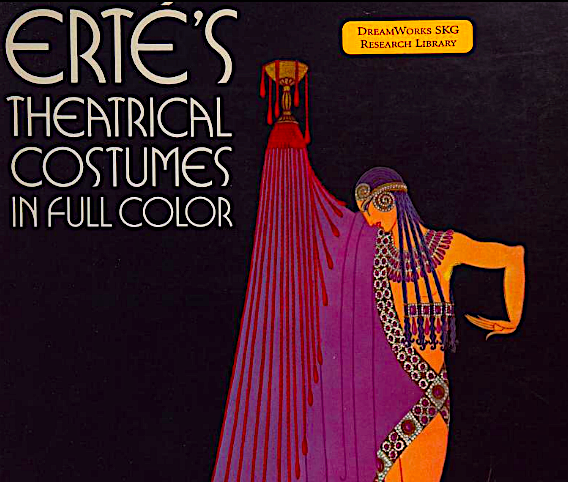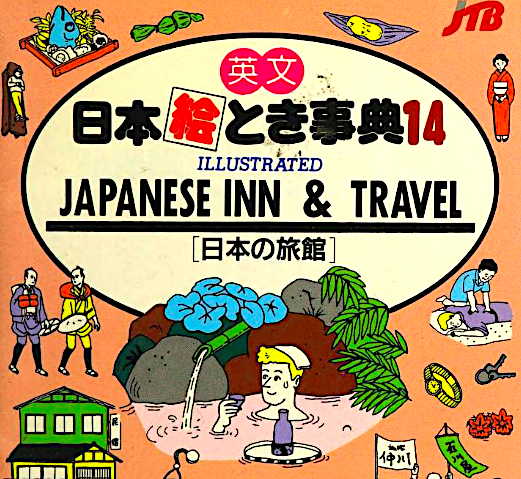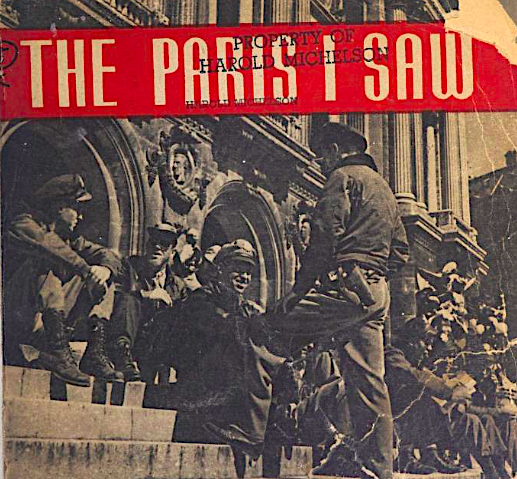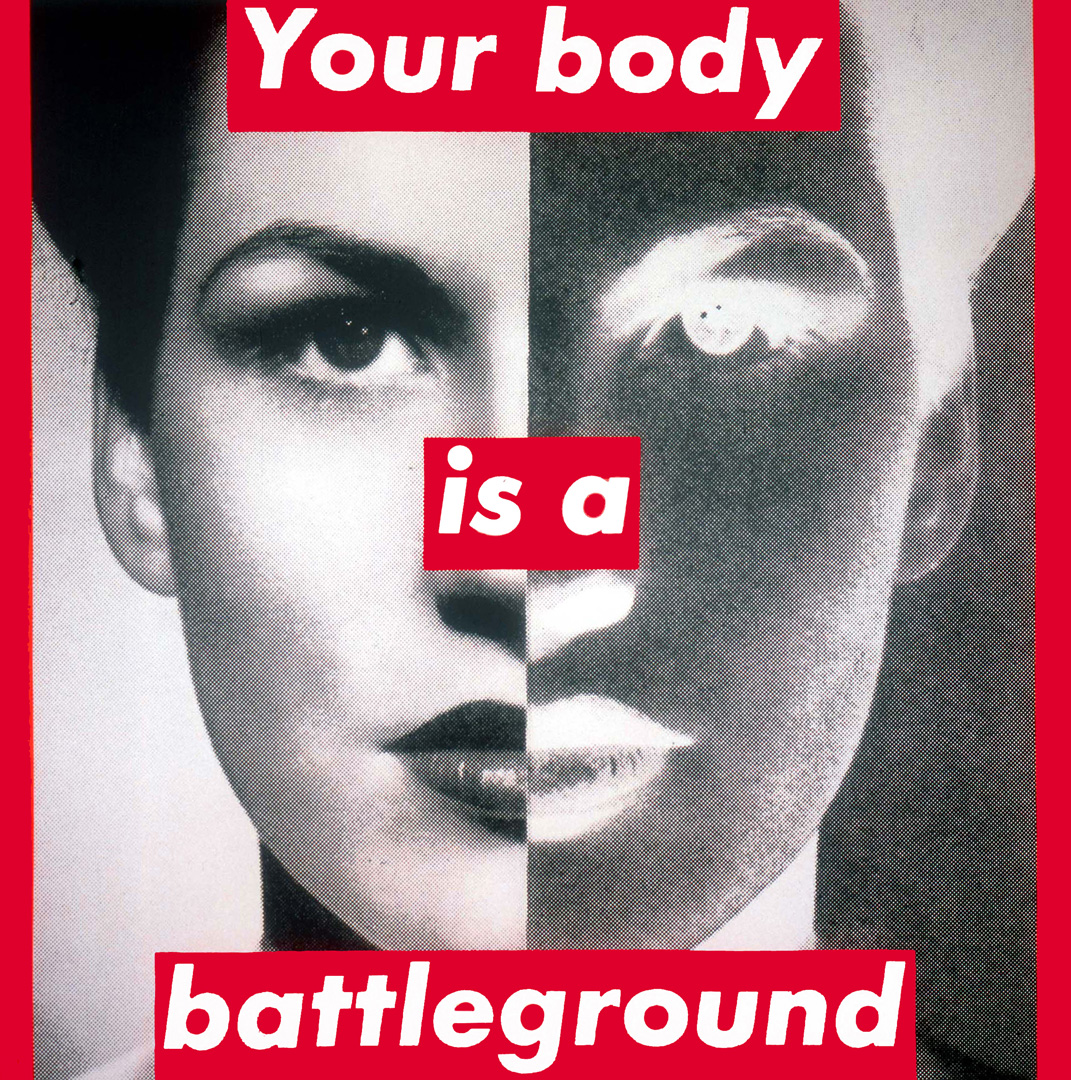Like all great artists, Alexander Calder left his medium quite unlike he found it. Nearly 45 years after his death, Calder’s expansion of the realm of sculpture in new directions of form, color, and engineering remains a subject of voluminous discussion, including critic Jed Perl’s Calder: The Conquest of Time and Calder: The Conquest of Space, a two-part biography published in full last year. More recently, a wealth of material has come available that enables us to conduct Calderian investigations of our own: the Calder Foundation’s online research archive, which as Hyperallergic’s Valentina Di Liscia reports includes “over 1,300 Calder works across different media.”
But wait, there’s more: the archive also offers “1,000 photographs and archival documents,” “48 historic and recent texts by the artist, his contemporaries, and present-day scholars,” and “over 40 microsites exploring Calder’s exhibition history.” (This in addition to the Calder Foundation’s Vimeo channel, where you’ll find the films seen here.)
Pace Gallery, which represents Calder, highlights the “new interactive map feature called ‘Calder Around the World,’ which allows viewers to find public installations of his monumental sculpture in 20 states domestically and 21 countries internationally, including museums with important Calder holdings and permanent and temporary exhibitions dedicated to the artist.”
As that map reveals, much of Calder’s work currently resides in his homeland of the United States of America, primarily in the northeast where he spent most of his life, but also the California in which he did some growing up — not to mention the Paris where he lived for a time and met fellow artists like Marcel Duchamp and Fernand Léger, information about whom also appears in the online archive. You may locate a Calder near you, even if you live in another region of the world, entirely: living in Seoul as I do, I now see I’ll have to pay a visit to 1963’s Le Cèpe and 1971’s Grand Crinkly. Though this ever-more-extensive Calder Archive can help us understand this most optimistic of all Modernists, there’s nothing quite like being in the presence of one of his sculptures.
Related Content:
178 Beautifully-Illustrated Letters from Artists: Kahlo, Calder, Man Ray & More
The Guggenheim Puts 109 Free Modern Art Books Online
Based in Seoul, Colin Marshall writes and broadcasts on cities, language, and culture. His projects include the Substack newsletter Books on Cities, the book The Stateless City: a Walk through 21st-Century Los Angeles and the video series The City in Cinema. Follow him on Twitter at @colinmarshall or on Facebook.
